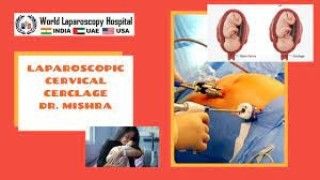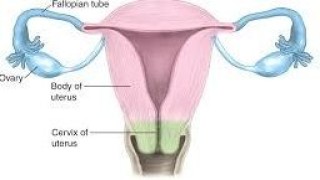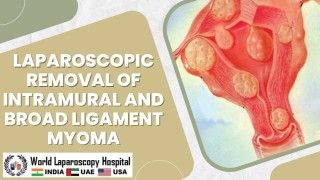Laparoscopic Surgery for Ectopic Pregnancy - Lecture by Dr R K Mishra
Add to
Share
321 views
Report
1 month ago
Description
Most ectopic pregnancies occur in the fallopian tube, but they can also occur in the neck of the womb, in the ovary, or in the abdominal cavity. Laparoscopic salpingostomy or salpingectomy is the method of choice for managing an ectopic pregnancy. In a normal pregnancy, fertilization occurs in the fallopian tube, where an egg, or ovum, meets a sperm cell. The fertilized egg then travels to the uterus and implants in the uterine lining. The embryo develops into a fetus and remains in the uterus until birth. Without prompt treatment, an ectopic pregnancy can be fatal. For example, the fallopian tube may rupture, causing internal abdominal bleeding, shock, and severe blood loss. According to the Centers for Disease Control and Prevention, 1 to 2 percent of all pregnancies are ectopic. However, ectopic pregnancies account for 3 to 4 percent of pregnancy-related deaths. Ectopic surgery: The fallopian tube can be repaired or removed with surgery. Keyhole surgery may be performed to remove ectopic tissue. This is also known as laparoscopy. In laparoscopy, the surgeon makes a small incision near or around the navel and inserts an instrument called a laparoscope to view the area. Other surgical instruments are inserted into a tube or through other small incisions to remove the ectopic tissue. If the area is damaged, surgeons may be able to repair the fallopian tube, but they will likely have to remove the affected tube as part of the procedure. If the other fallopian tube is still intact, a healthy pregnancy is still possible. If severe internal bleeding has occurred, a larger incision may be required. This procedure is called a laparotomy.
Similar Videos






